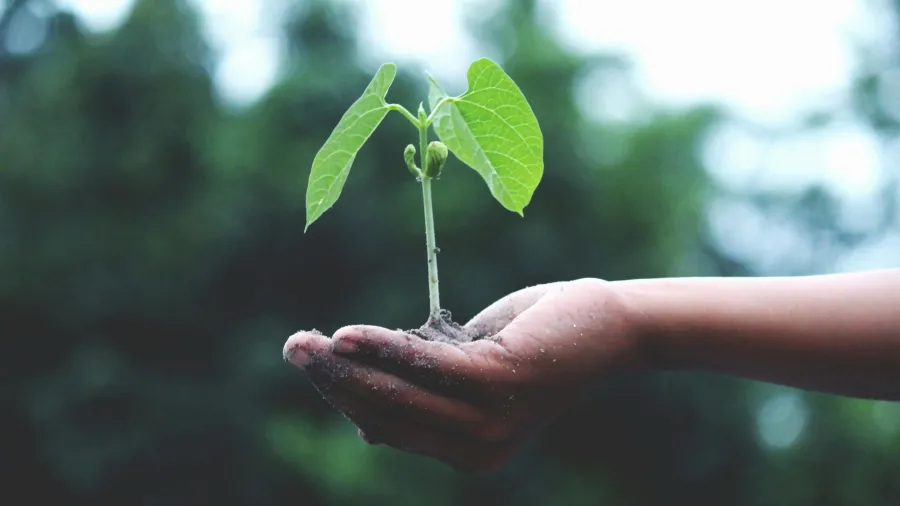
Some power technologies lag in reaching 2030 net-zero emissions: Mckinsey
To solve this, the report recommends aggressive cost reduction.
The adoption of green solutions in some power technologies is falling behind their trajectory to meet net-zero emissions in six years, an analysis by McKinsey revealed.
According to the consulting firm, the technology that was largely behind was carbon removals which needs to grow by 105% annually to achieve its goal.
Also lagging behind the adoption are green hydrogen production, and carbon captured via carbon capture, utilisation, and storage, which need to increase by 55% and 41%, respectively.
When it comes to more mature technologies, McKinsey said only nuclear power generation was behind its trajectory to net-zero emissions, with an annual growth requirement of 3%.
Both solar photovoltaic power generation and offshore-wind-power generation were ahead of their 2030 trajectory, with annual growth requirements of 19% and 25%, respectively.
“To accelerate progress and achieve rapid scaling, they can follow a more aggressive cost reduction strategy with five major elements,” McKinsey said.
The elements the report noted were ambitious target setting, high-speed innovation, end-to-end supply chain industrialisation and integration, design to value, and excellence in capital expenditure management.
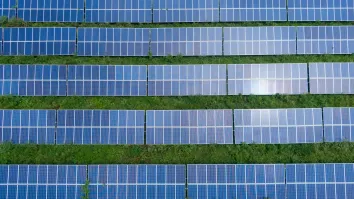
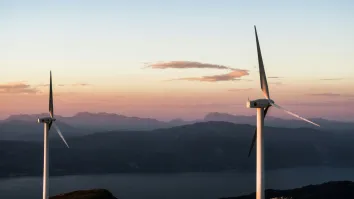

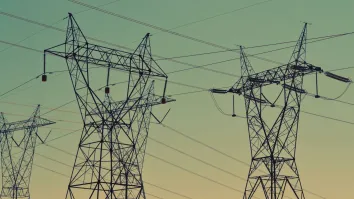




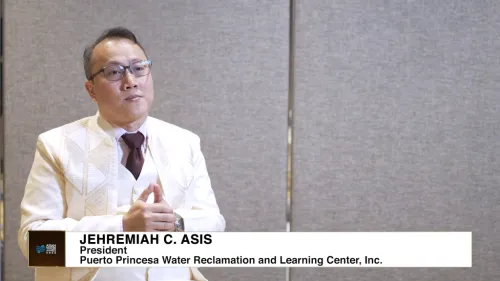


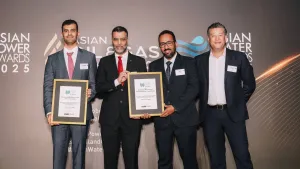





 Advertise
Advertise






